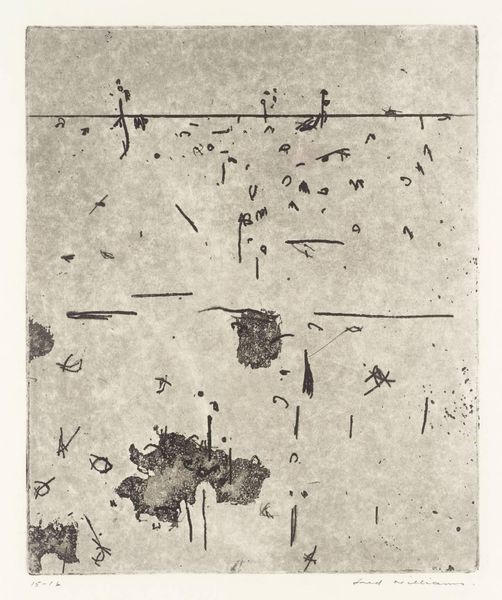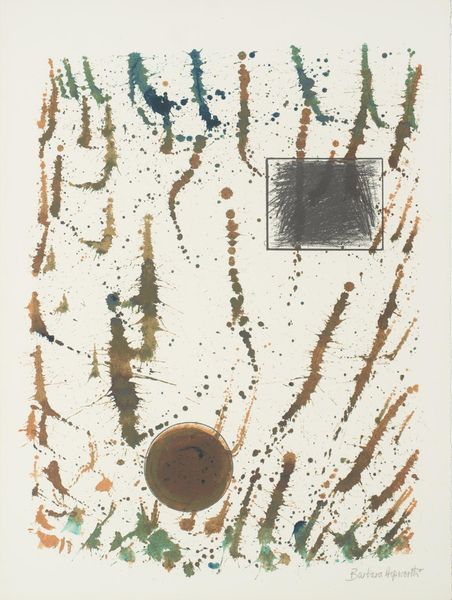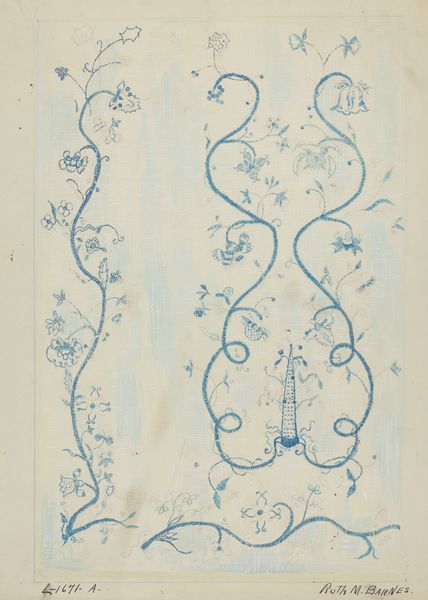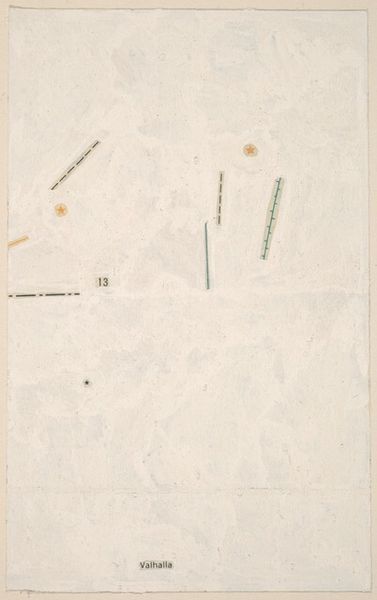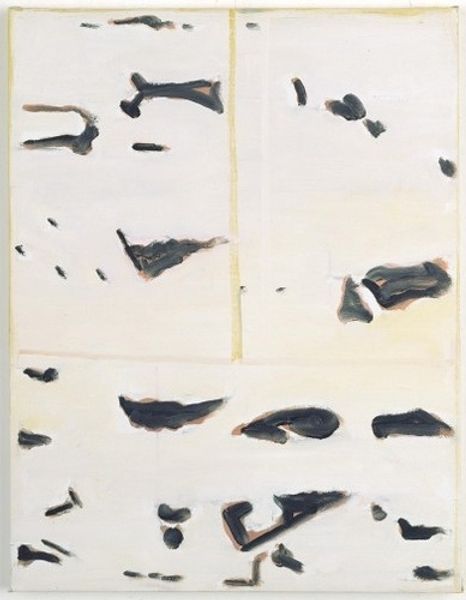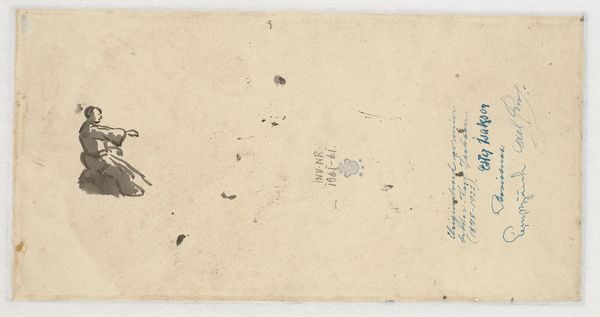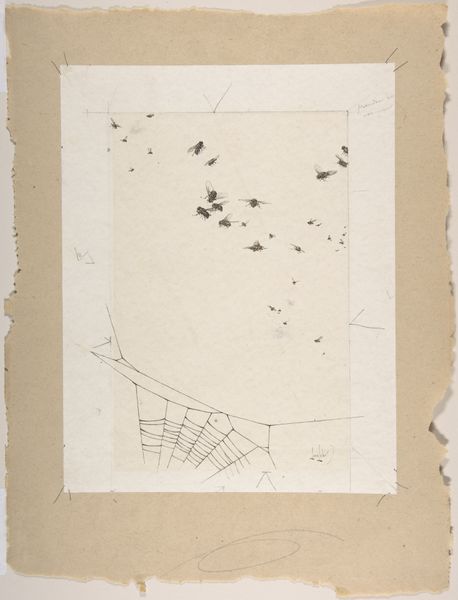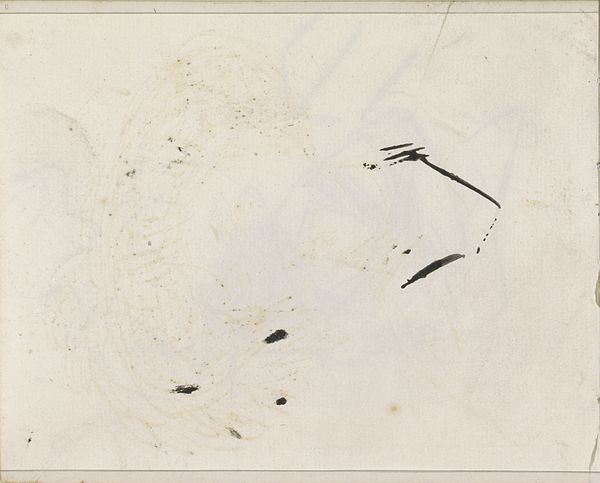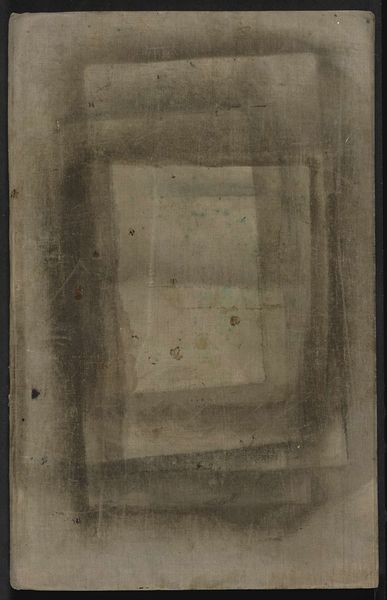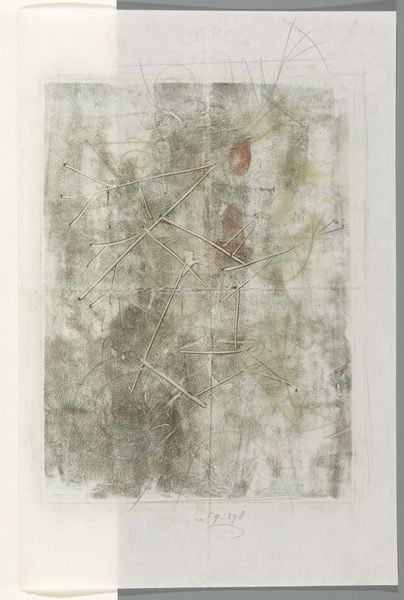
drawing, watercolor
#
drawing
#
art-nouveau
#
water colours
#
watercolor
#
watercolor
Dimensions: height 261 mm, width 200 mm
Copyright: Rijks Museum: Open Domain
Editor: This is "Ingekleurde blauwdrukken van ringontwerpen", or "Colored Blueprints of Ring Designs," by Mathieu Lauweriks, created sometime between 1874 and 1932. It’s a watercolor drawing showcasing ring designs. I'm struck by the rigid grid intersecting with the organic shapes of the rings. What do you see in this piece, especially considering its historical context? Curator: The tension you've identified is crucial. Lauweriks, deeply involved with the Theosophical Society, was fascinated by geometric systems and their relation to spiritual harmony. The grid, for him, wasn't just a tool for design; it symbolized underlying cosmic order. The jewelry itself reflects Art Nouveau aesthetics, often drawing on nature. Can you consider how this interest in 'order' speaks to the broader social anxieties of the period? Editor: So, the rings aren’t *just* pretty designs; they represent a search for stability? Industrialization and urbanization were happening rapidly then, right? Curator: Precisely. There was a profound yearning for structure, meaning, and beauty amidst the social upheaval and perceived chaos. Think of it this way: are these ring designs accessible to all or emblems of the bourgeoisie class, displaying how societal rank and status during this historical period influenced all of the layers of daily life? How did new industries feed exclusivity through jewelry and decorative pieces? Editor: Wow, I hadn't thought of it that way. They feel almost utopian now, as aspirations to create wearable microcosms of universal harmony. Curator: Exactly! And thinking about it through that lens can illuminate their political implications: are they an escape, a critique, or an aesthetic embodiment of that period? Editor: I see the artwork in a totally different way now, realizing how class and structure play into something I saw at first glance as ‘simply beautiful.’ Curator: Exactly, that’s why considering context is important. I will hold these questions as I move forward in my thinking on the art.
Comments
No comments
Be the first to comment and join the conversation on the ultimate creative platform.

